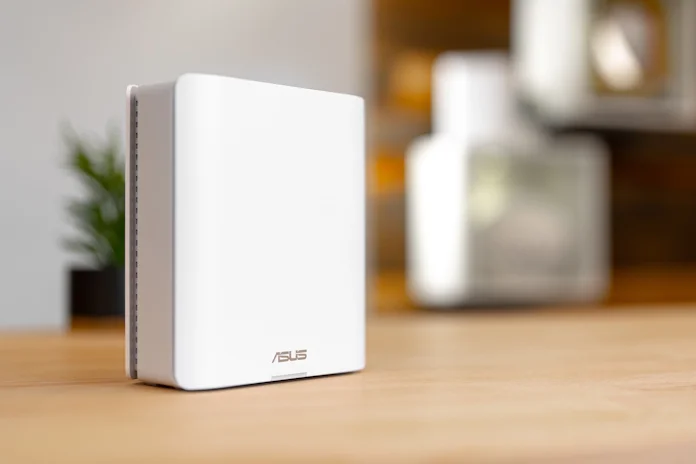Even if you’re not a networking expert, you probably are an expert in avoiding the weak spots of your home network. You know which rooms are great for sitting down with your laptop, and which rooms will frustrate you with a shoddy WiFi connection. You know which side of the sofa not to sit on when you’re playing an online mobile game, because your WiFi signal always drops there. You know what happens when your housemate starts up a game download in the middle of your weekly all-team meeting for work.
As the expert of your home network, you’re the first to know when it’s no longer sufficient for your needs. Right now, you might be looking for a next-gen wireless router ready to fix the connection problems that you’re facing. As you’re considering your options, you might find it valuable to dig into the subject of network bandwidth.
If it’s been a few years since you last bought a router, a lot has changed regarding the bandwidth that the typical home requires. To get a great experience with your new router, you’ll need to have a network bandwidth target in mind. You don’t want to run into limits the moment you pull your router out of the box, and for the sake of futureproofing you should have some extra bandwidth on tap, as well.
Here, we’ll explain the basics of network bandwidth, explore how much bandwidth is necessary for different types of networking activities, and make some practical recommendations for router shopping in 2025.
A no-nonsense explanation of network bandwidth
Some networking features require considerable expertise to understand, but a working definition of network bandwidth isn’t that complicated.
In simple terms, bandwidth is the maximum amount of data your connection can move in a given amount of time, usually measured in megabits per second (Mbps) or gigabits per second (Gbps). You can think of it like the number of lanes on a highway. The more lanes you have, the more traffic can flow at once. That’s the network bandwidth figure you see on the box of a wireless router: the maximum capacity of the network “highway” provided by that router with every lane filled with cars driving at the speed limit.
Network bandwidth vs. network speed
It’s important to note that while bandwidth and speed are related and dependent on each other, the two terms aren’t identical. The connection speed that you observe at any given moment depends on every step of the communication chain between your device and online services that you’re connecting to. The capabilities of your home router matter, but the hardware in your device and the limitations of your home internet plan have an impact, too.
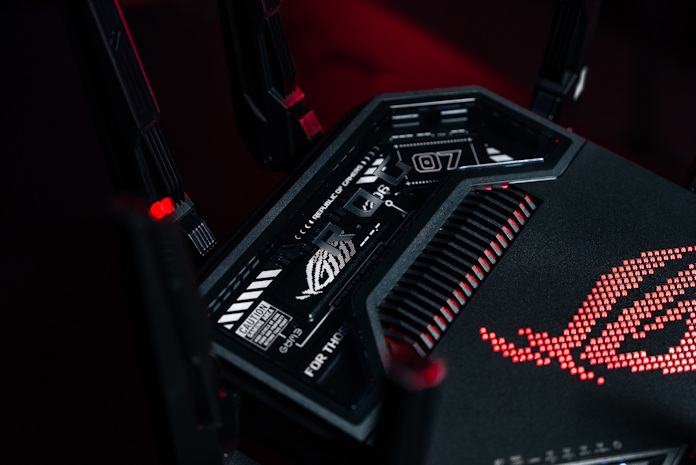
Going back to the highway analogy: adding more lanes (network bandwidth) doesn’t always increase how fast every car can drive (network speed). If you already have enough lanes for everybody to drive at the speed limit, more lanes won’t make a difference. But if there’s so much congestion on the highway that traffic has slowed to a crawl, adding more lanes can absolutely increase the speed at which individual cars can drive.
And that’s precisely the situation that many home networks face today. Today’s networks are busy, congested highways, full to the brim with traffic from our laptops, smartphones, smart TVs, game consoles, smart home devices, and more. The bandwidth offered by last-gen routers is often insufficient for the needs of today’s smart homes. What you need are more lanes on your highway. The only question is how many.
Matching network bandwidth to your needs
So how much bandwidth should you aim for? That depends entirely on how you and the people in your household use the internet. A single person who mostly browses the web, checks email, and streams the occasional movie in Full HD doesn’t need the same connection as a family with multiple 4K streams running, gamers competing online, and smart home devices chattering away in the background.
To help you figure out how much network bandwidth you need, we’ll need to figure out whether you’re a light user, a mainstream user, or a demanding user.
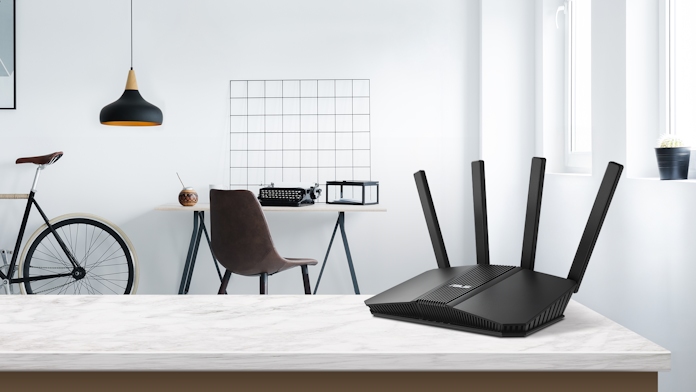
Light users don’t usually have more than one or two people connected to their home network at any given time. They go online primarily for browsing social media, checking emails, and streaming their favorite shows, though they usually haven’t opted for premium streaming extras like 4K or HDR content. Light users might have some smart home devices like a Ring doorbell, but they wouldn’t call their residence a smart home.
If this sounds like the way that you use the internet, you don’t need to overinvest in network bandwidth. You’ll find plenty of affordable WiFi 7 routers that offer bandwidth up to 3,600 Mbps, and that’s a great pick for you. Even if that’s more bandwidth than you technically need right now, you won’t save all that much money by picking a last-gen option with less bandwidth, so you might as well opt for a little more to get a longer lifespan of use out of your new router.
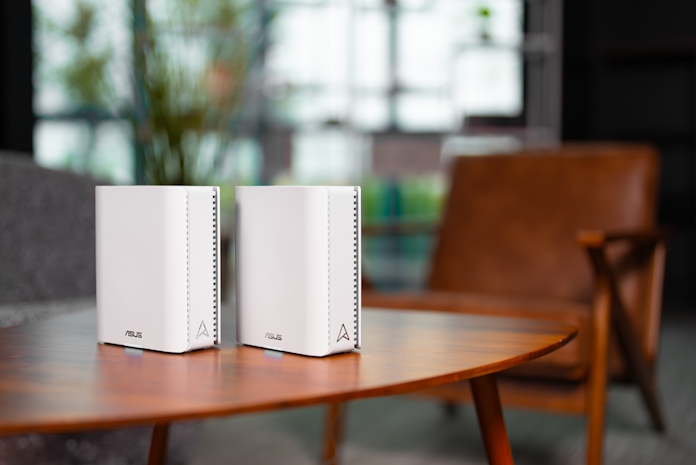
Mainstream users have some sort of use case that boosts their need for more network bandwidth. They put more cars on their home internet’s highway. Some are gamers, and they regularly download new titles and updates for current games in addition to venturing into online battlefields. Others put a premium on high-quality entertainment, preferring to immerse themselves in 4K HDR streams when they relax with a show. For others, it’s about productivity. They have a remote or hybrid work situation, and they can’t afford to let a shoddy internet connection make a bad first impression to clients and coworkers.
Often, the difference between light users and mainstream users isn’t so much about a specific bandwidth-intensive activity, but about having a household with lots of connected devices. Mainstream users often have more people and more devices connecting to their home network. Even if each device doesn’t need all that much bandwidth, that’s a lot of cars on the highway, and the additional lanes provided by higher network bandwidth will make everything run more smoothly. For mainstream users in 2025, we suggest aiming for roughly 6,500 Mbps of network bandwidth, shading upward toward 9,600 Mbps to accommodate more bandwidth-intensive use cases or more people who live in the household.
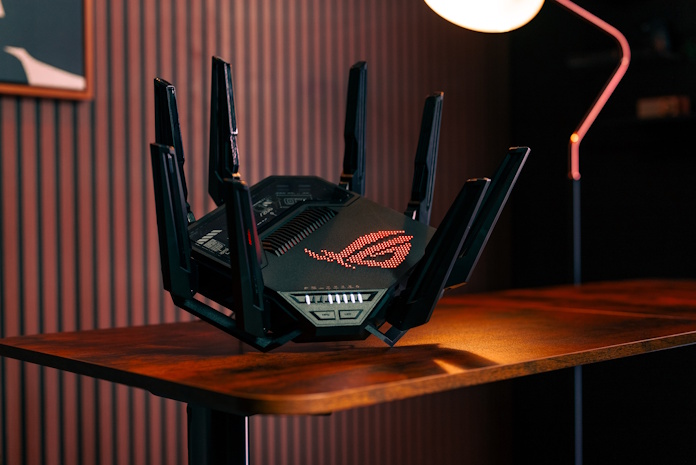
Finally, let’s talk about demanding users. Today’s high-end WiFi 7 routers can deliver truly astounding network bandwidth, with 30,000 Mbps options available today. Even though that’s much more bandwidth than the average household needs, demanding users are anything but average when it comes to their internet usage. They’re not just gaming, but livestreaming their gaming exploits. They’re not just communicating with coworkers, but working with global teams on complex projects that require near-constant file transfers.
Often, demanding users have more complex home networking setups, such as a whole-home mesh WiFi network that uses multiple routers working together to blanket larger, multi-story homes in reliable WiFi coverage. Such a setup, called a mesh network, doesn’t require top-end network bandwidth, but premium routers make sure that there’s sufficient bandwidth for the nodes to communicate with each other while also supporting bandwidth-crushing network usage scenarios.
For many demanding users, it’s not so much that they have one single use case that calls for premium network bandwidth. It’s that they’re in an “all of the above” situation where multiple members of their household are liable to claim a large chunk of bandwidth all at the same time. By opting for a top-shelf WiFi 7 router, these users set themselves up for a seamless networking experience today and tomorrow.
Why bandwidth isn’t the whole story
It’s tempting to shop for routers based on nothing but the biggest bandwidth number you can afford, but bandwidth is only one part of the experience. Router placement, for example, can make or break your experience. A top-tier WiFi 7 router stuck in a far corner of the house might underperform compared to a mid-range model placed centrally and free of obstructions.
Your internet plan also caps what’s possible. Buying a 10 Gbps router won’t make your 300 Mbps internet service any faster, though it might still be worth it for the improved latency, device handling, and future-proofing. And while WiFi 7 is backwards-compatible with older devices, you’ll only get its full benefits if your phone, laptop, or gaming console also supports it.
It’s also important to think about the bands available for your router to use. These days, most routers and devices communicate over the 5GHz band, with the legacy (and slower) 2.4GHz band available for compatibility with last-gen devices. But let’s say that you live in an apartment, condo, or townhouse community where there are many different WiFi networks all communicating over the same airwaves. In such a scenario, you might have congestion that hampers the ability of your router to deliver the full network bandwidth that it’s capable of. You might be best off with a router that offers access to the 6GHz band. While this band isn’t supported in every region, it’s proving to be a valuable way for users to rise above the noise and enjoy reliable WiFi connections.
Router recommendations for 2025
Let’s pull all this together with some practical recommendations. First off, we think that almost anyone shopping for a router in 2025 should opt for a WiFi 7 model. With a WiFi 7 router, you’ll not only get the latest standard, but also a fully modern security suite and the latest quality-of-life features, giving you a much better overall experience. With models available for as little as $149.99 (USD), WiFi 7 routers are plenty affordable, too. If your budget doesn’t stretch that far, you can still find great deals on WiFi 6 models, but you’ll get more long-term value out of a more recent option.

That makes the ASUS RT-BE58U our favorite pick for light users in 2025. For just $149.99 (USD), you get a dual-band WiFi 7 router that offers up to 3,600 Mbps of network bandwidth. Next-gen ASUS Network Security protects your data and devices, and you’ll get access to tech like IoT Network which gives you an easy way to upgrade your home with smart devices while maintaining a high level of security.

For mainstream users, we’ll highlight three options, each with their own claim to fame. Despite the word “gaming” in its name, we like the TUF Gaming BE6500 for a wide range of households. Offering bandwidth up to 6,500 Mbps, this dual-band WiFi 7 router is ready for a multi-user household. A dedicated 2.5G gaming port lets you prioritize the data transmission of a device through a rock-solid wired connection. Available for $259.99 (USD), this router offers incredible value.
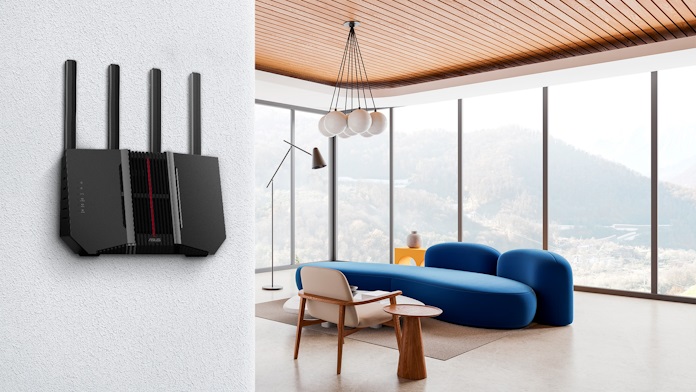
Perhaps you live in an area where there are lots of competing WiFi networks in range. For you, we’ll recommend a tri-band WiFi 7 router. The ASUS RT-BE92U, available for just $249.99 (USD), gives you access to the 6GHz band for a great price, all while elevating your network with the bandwidth you need.
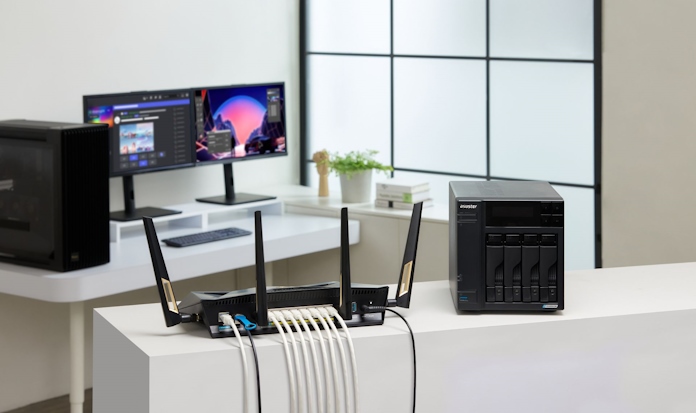
Wireless connections might get all the headlines these days, but wired networking is still vital in many homes. If you’re looking for a WiFi 7 router that’ll give you a beefed-up selection of Ethernet ports without breaking the bank, check out the ASUS RT-BE88U. For $349.99 (USD), it gives you two 10G ports, four 2.5G ports, and four gigabit Ethernet ports. This selection makes it a great fit for households that rely on multiple switches or access points.
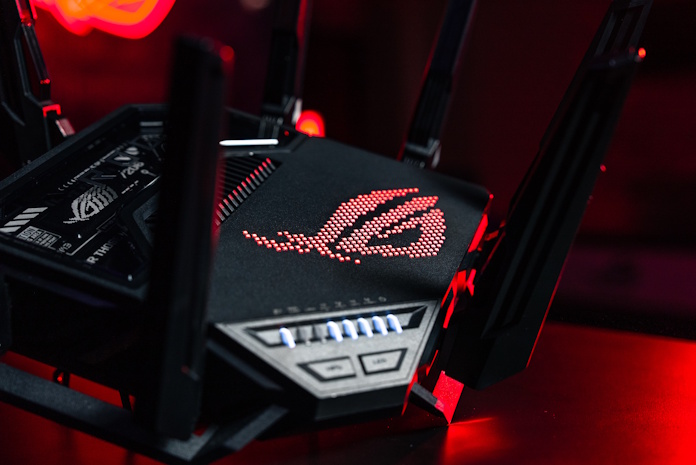
Finally, for the demanding users out there, we typically recommend the ROG Rapture GT-BE98 Pro. This premium quad-band router offers a dazzling 30 Gbps of network bandwidth alongside a hard-hitting selection of Ethernet ports, including dual 10Gbps ports. Prefer a minimalist aesthetic that fits in easily unobtrusively into your living spaces? The ZenWiFi BQ16 Pro is another high-end WiFi 7 pick. It’s perhaps most tempting to folks looking for an out-of-the-box mesh networking solution that provides premium network bandwidth.

If you’re hunting for a home network upgrade in 2025, you’ve picked a great time to go router shopping. Now that the WiFi 7 ecosystem has fully matured, there’s a next-gen wireless router available for every user and every budget. There are many more ASUS WiFi 7 routers available than we’ve listed here. To learn more about our mesh routers specifically, click here. To learn more about our extendable router series, click here. We’ve got your needs covered with gaming router, too. Click here to check out our recommendations for 2025.

